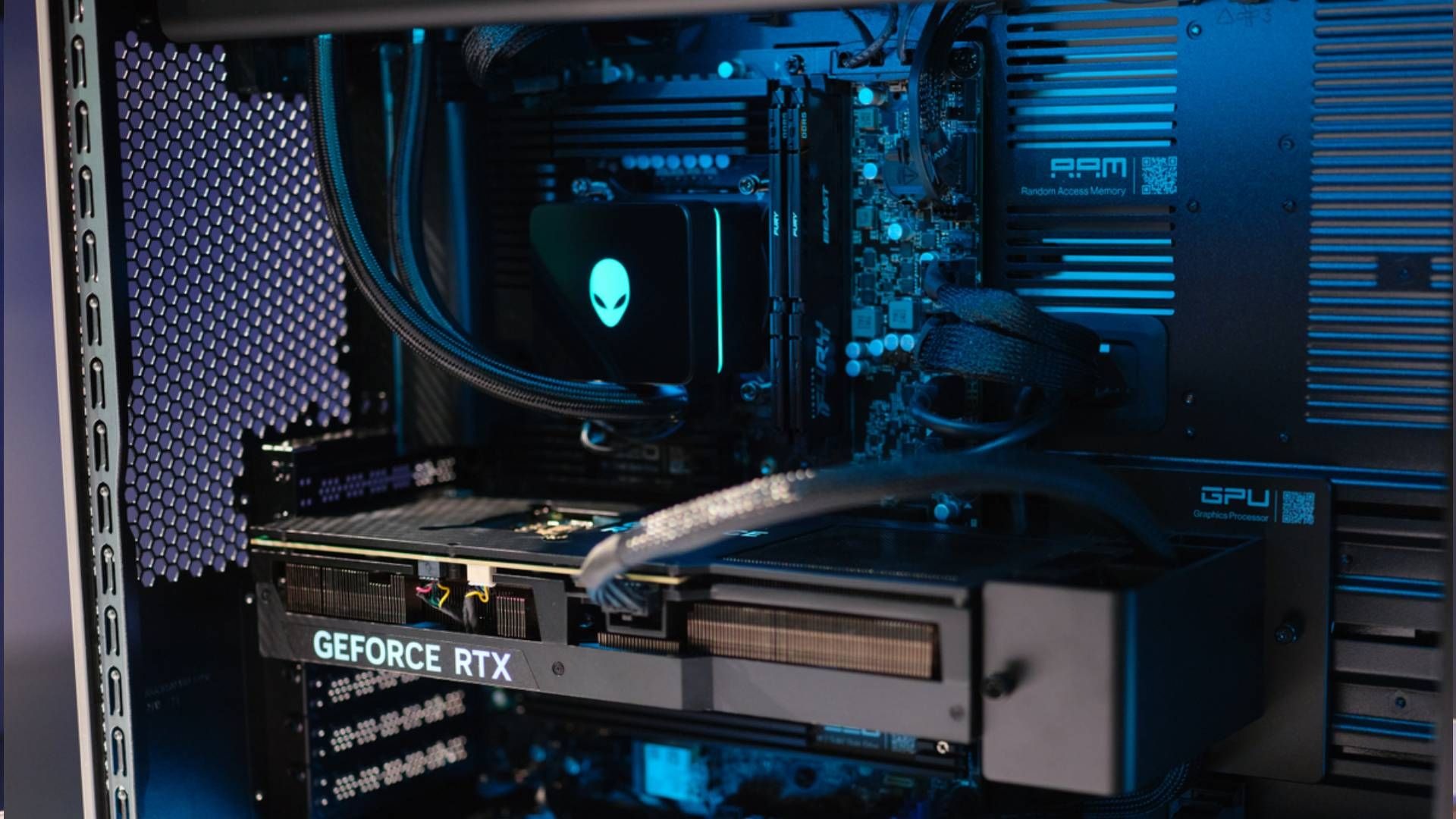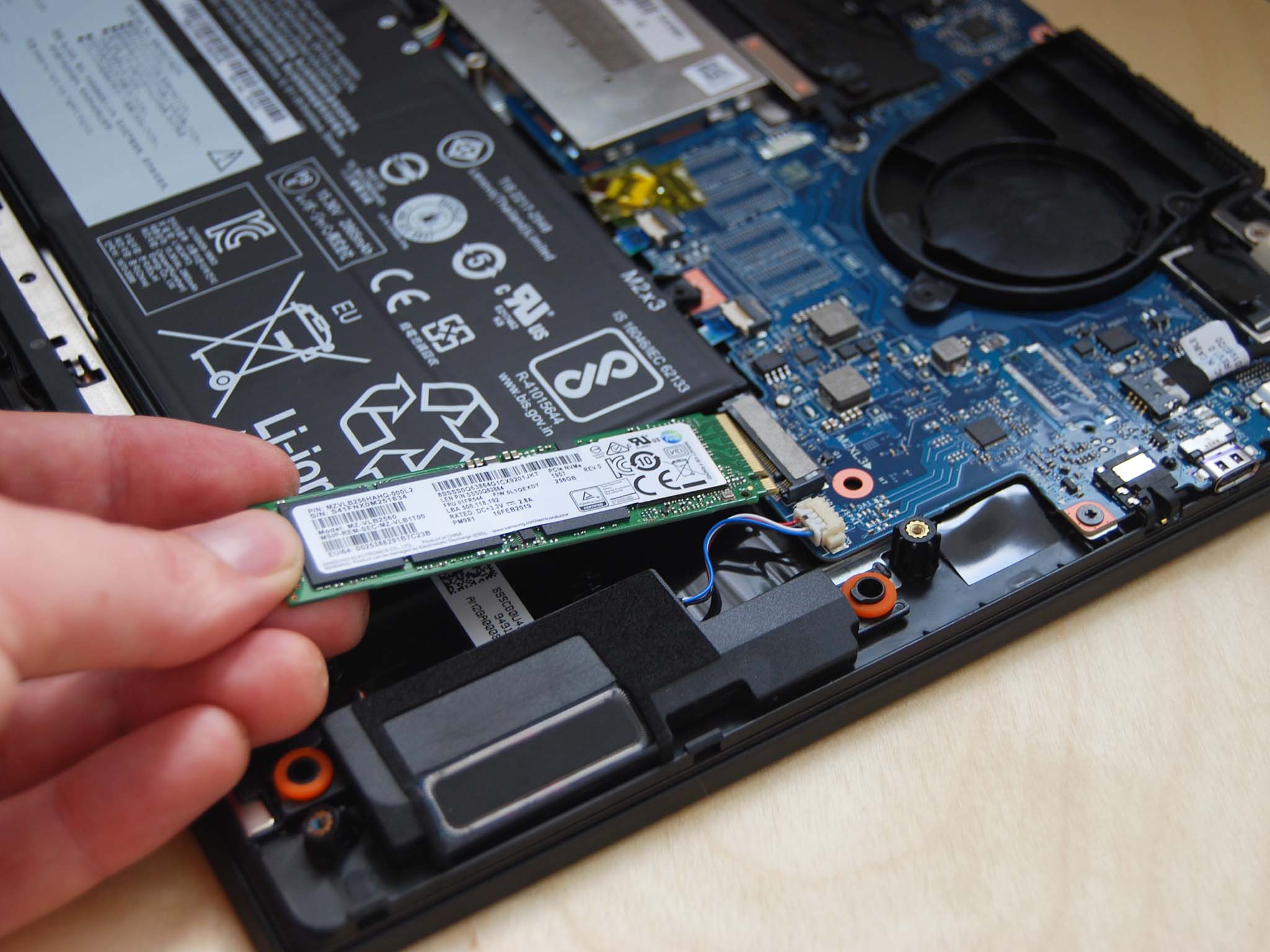
The IdeaPad Flex 14 from Lenovo is a budget convertible with either Intel or AMD hardware, as well as RAM and an M.2 PCIe solid-state drive (SSD) that are both upgradeable after purchase. Whether you'd like something faster or with more storage space, we've laid out the items you need and the steps to get the job done.
Hardware and software to get the job done
- M.2 PCIe SSD: Samsung 970 EVO Plus (From $75 at Amazon)
- Cloning tool: Macrium Reflect 7 (Free at Macrium)
- SSD enclosure for cloning: ElecGear M.2 PCIe enclosure ($48 at Amazon)
- Prevent damage: Rosewill anti-static wristband ($8 at Amazon)
- All required tools: ORIA PC toolkit ($33 at Amazon)
- Budget convertible laptop: Lenovo IdeaPad Flex 14 ($530 at Amazon)
How to upgrade the SSD in your Lenovo IdeaPad Flex 14
Note: Before beginning any upgrades on a PC, it's a good idea to back up your data in the unlikely event something should go wrong. You'll also want to ensure you're not working in a static-filled environment, as it can cause damage to a PC's internal hardware. Consider investing in an anti-static wristband to avoid unnecessary damage.
Lenovo's IdeaPad Flex 14 has a combination of affordable price, comfortable keyboard and touchpad, relatively thin chassis, and respectable performance. The DDR4 RAM can be upgraded for improved performance, and for faster read and write speeds or for more storage space, you can upgrade the M.2 PCIe SSD.
As an upgrade, we recommend the Samsung 970 EVO Plus, available in either 250GB, 500GB, 1TB, or 2TB sizes. It's fast, it's reliable, and it's relatively affordable.
Your Flex 14 already has an M.2 PCIe SSD inside, so we suggest cloning the old drive over to the new drive with an external enclosure before the physical installation. We've used Macrium Reflect many times without issue to clone drives, and we've even written a complete guide with steps to guide you through the process.
If you're not partial to the data already on the old SSD, you can do a clean install of Windows 10 once the new SSD is installed, but be sure to check out our guide on the process to ensure you've completed all necessary steps — like creating bootable USB media — before making any physical changes.
Once you've completed any cloning or have set yourself up for a clean installation of Windows 10, clear out a well-lit workspace and power down your Flex 14 before proceeding with the steps below.
Get the Windows Central Newsletter
All the latest news, reviews, and guides for Windows and Xbox diehards.
- Unscrew the 10 black fasteners on the back panel of the laptop using a T6 screwdriver. The screws will back out completely, so be sure to have a receptacle nearby to keep them together.
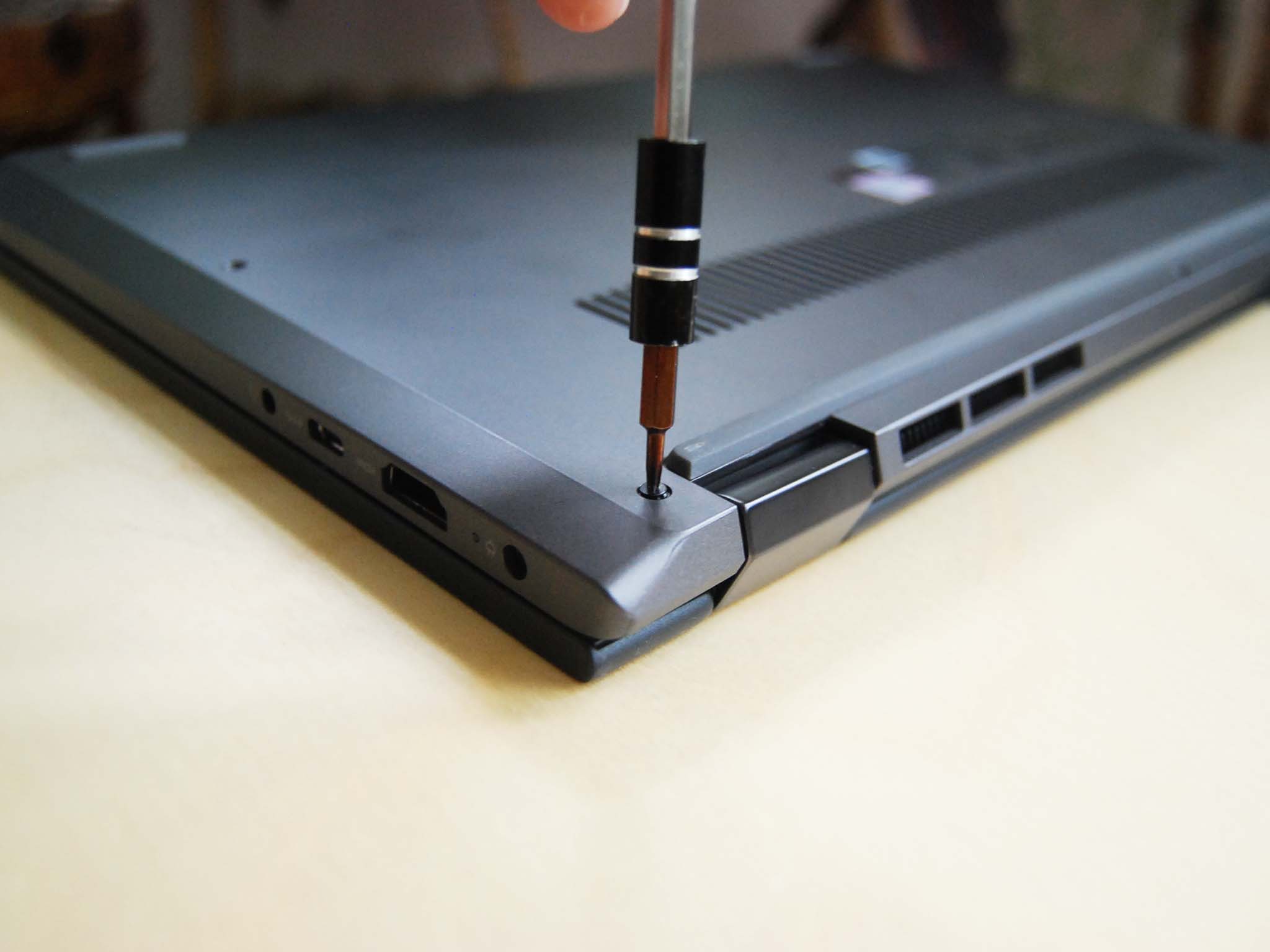
- Pry up the bottom panel using a pry tool. Start at one corner and work your way around the laptop.
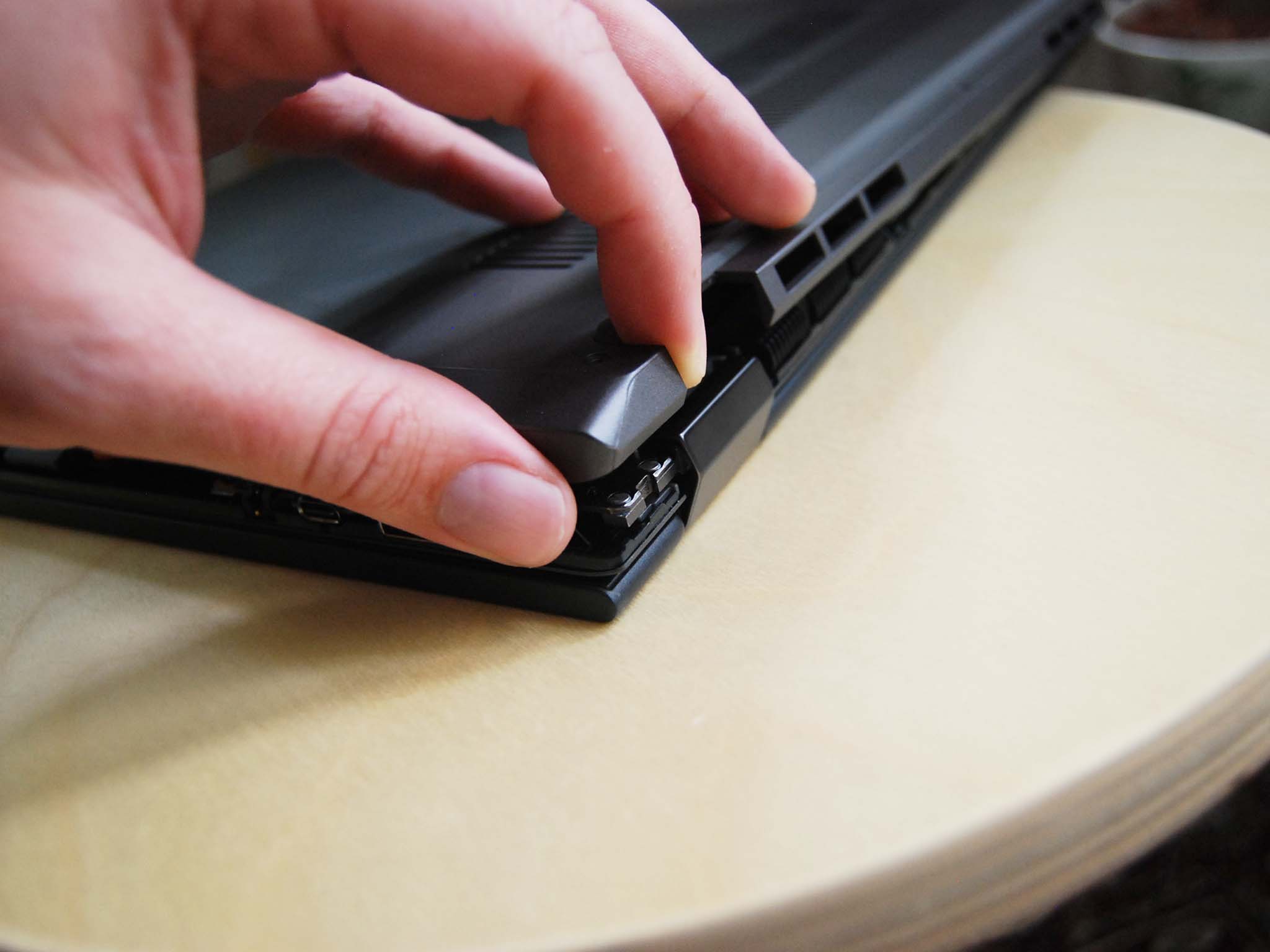
- Unscrew the single black fastener at the end of the M.2 PCIe SSD using a Phillips-head screwdriver.
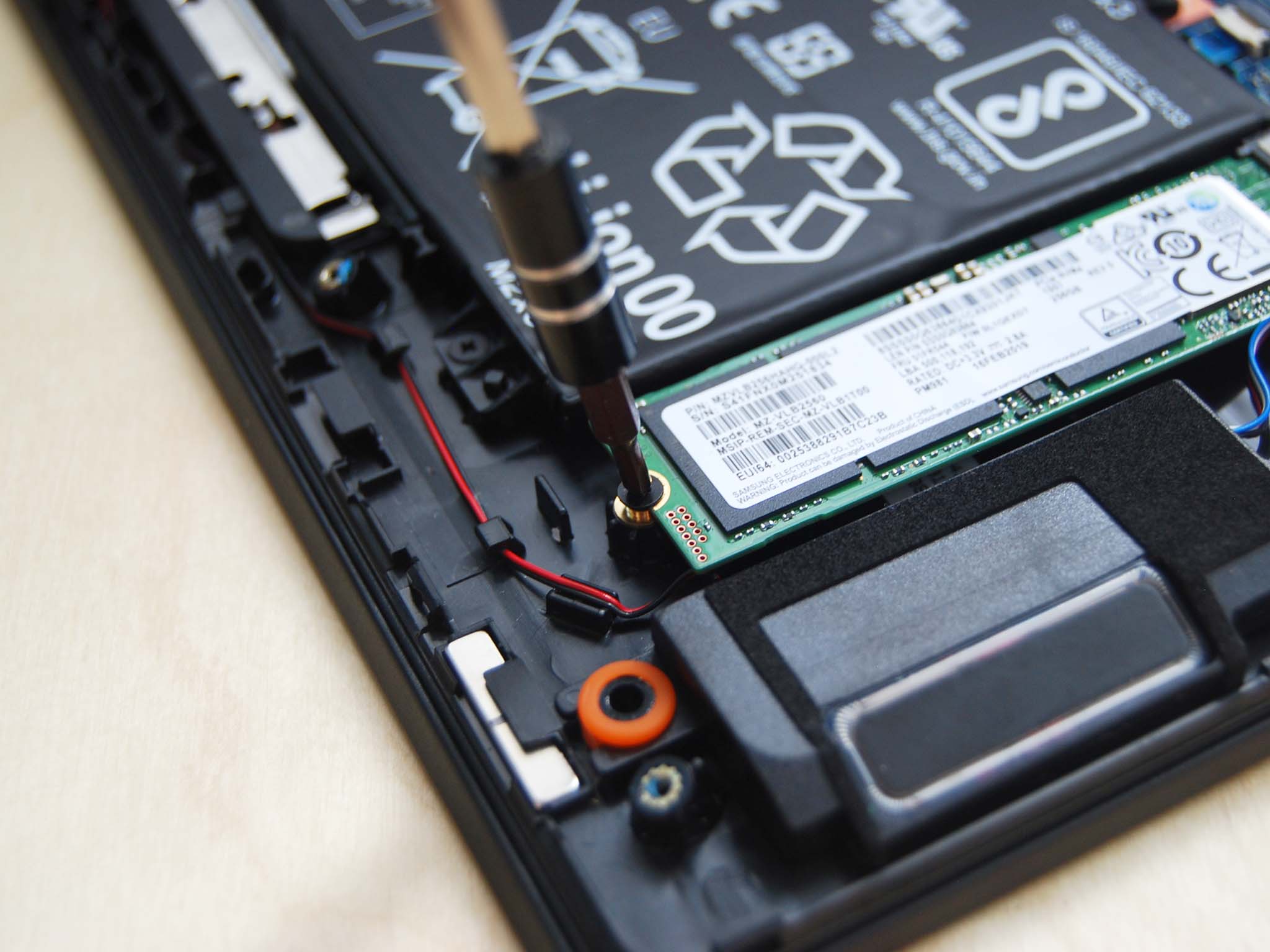
- Pull the old M.2 SSD away from its slot.

- Insert the new M.2 SSD into the slot at about a 20-degree angle. Notice it is keyed and will only fit one way.
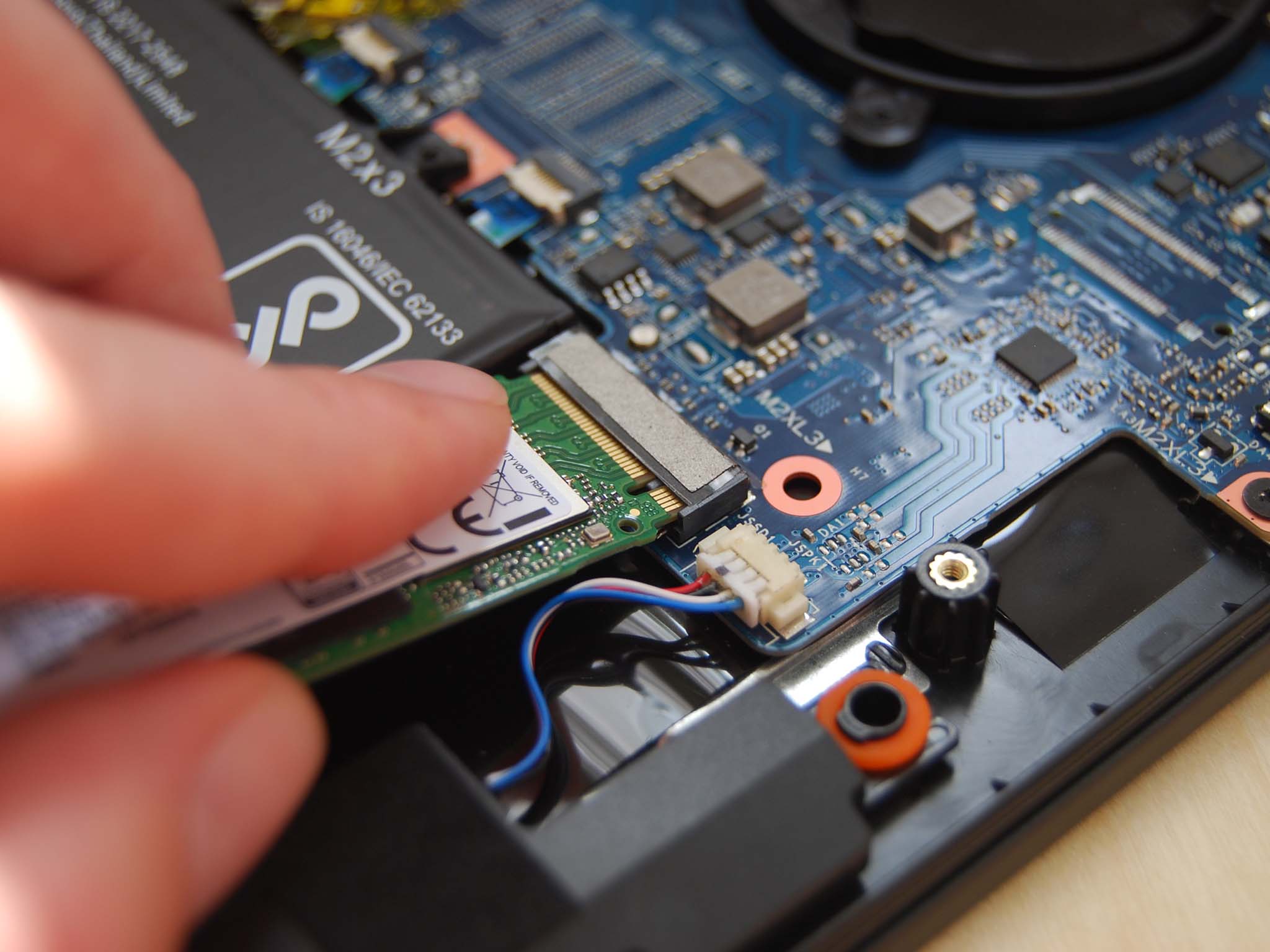
- Screw in the single black fastener at the end of the SSD. Be sure not to overtighten.
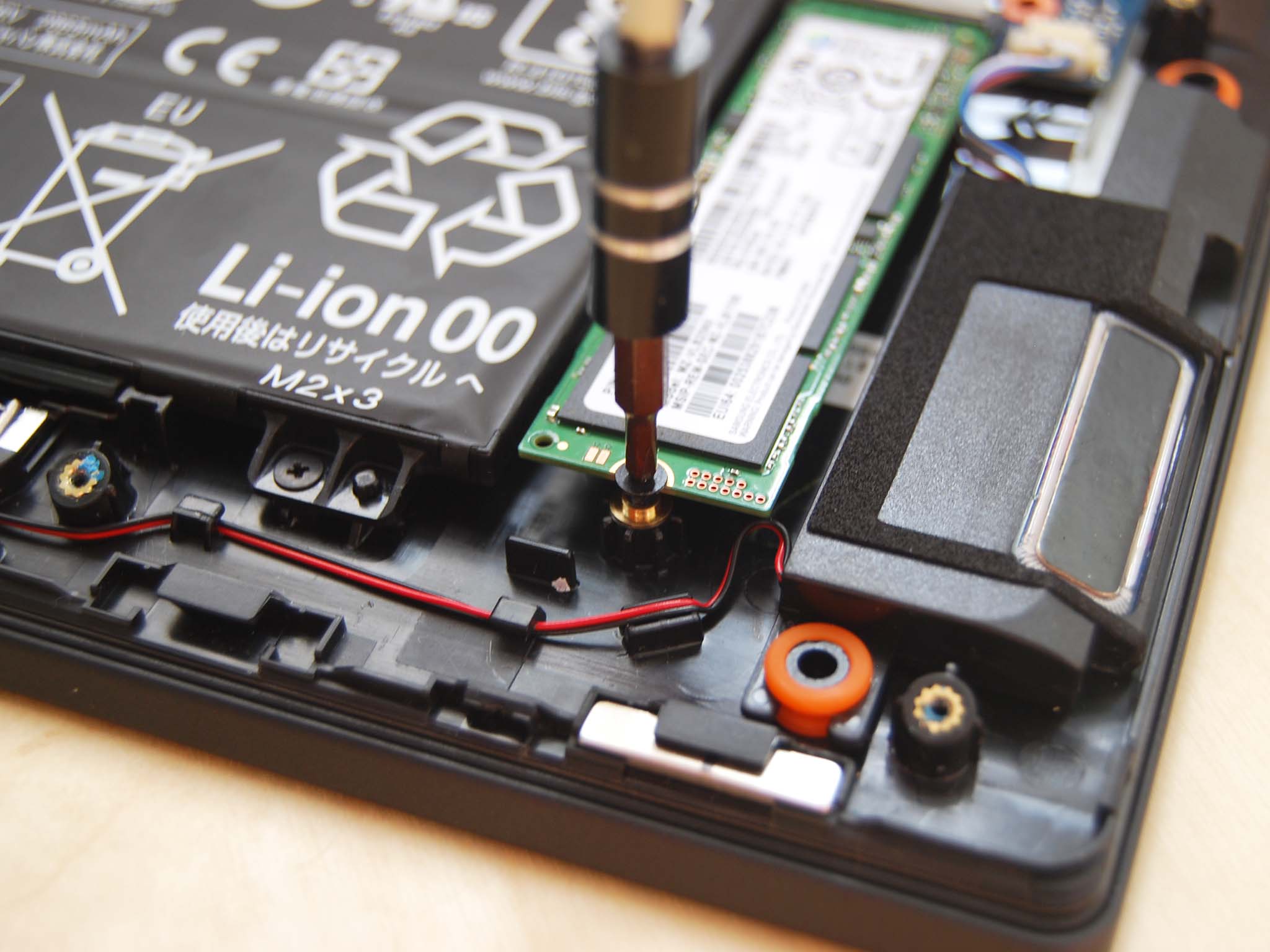
- Replace the bottom panel of the laptop by applying pressure. It will click back into place.
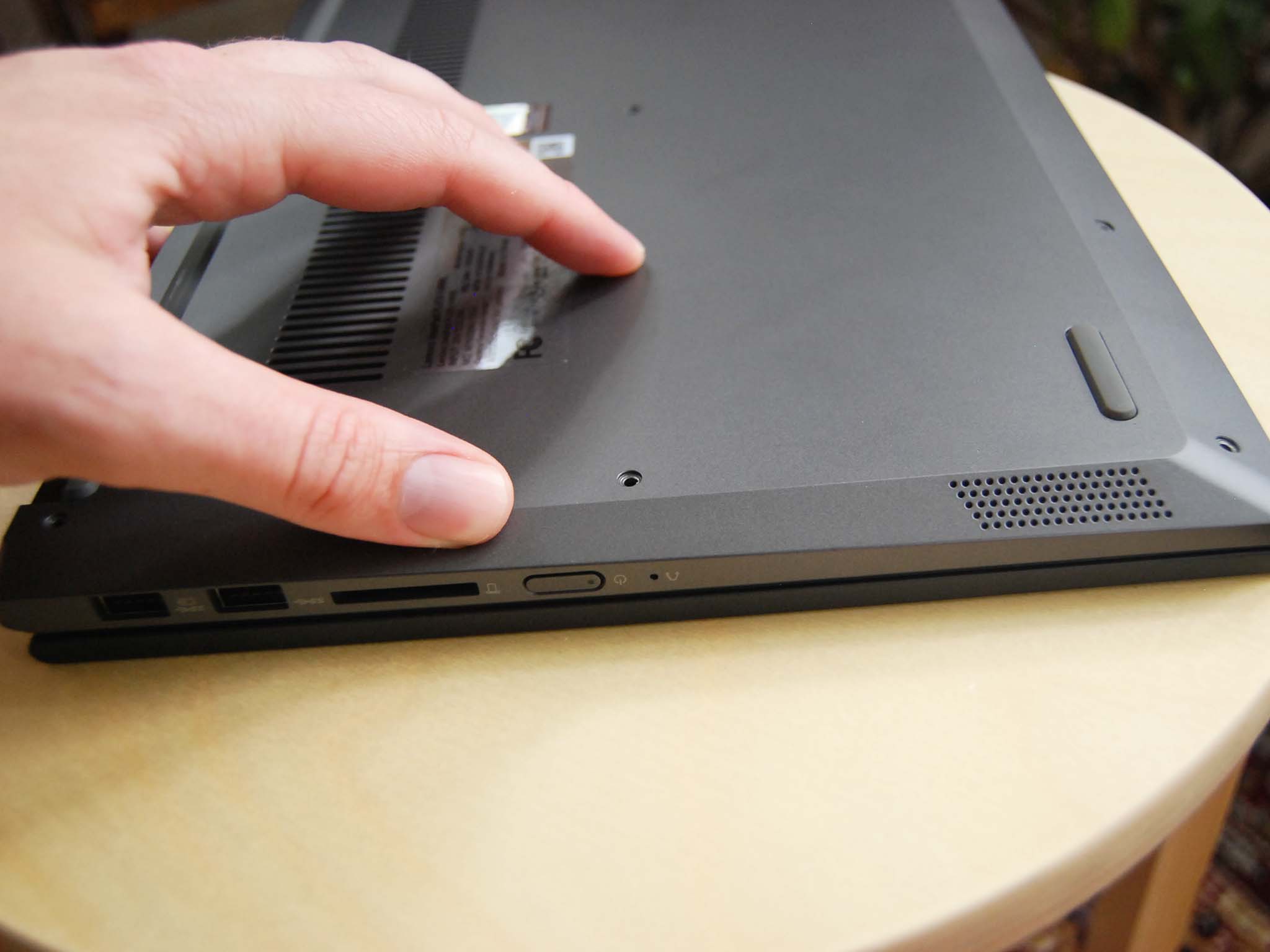
- Screw in the 10 fasteners on the bottom panel.
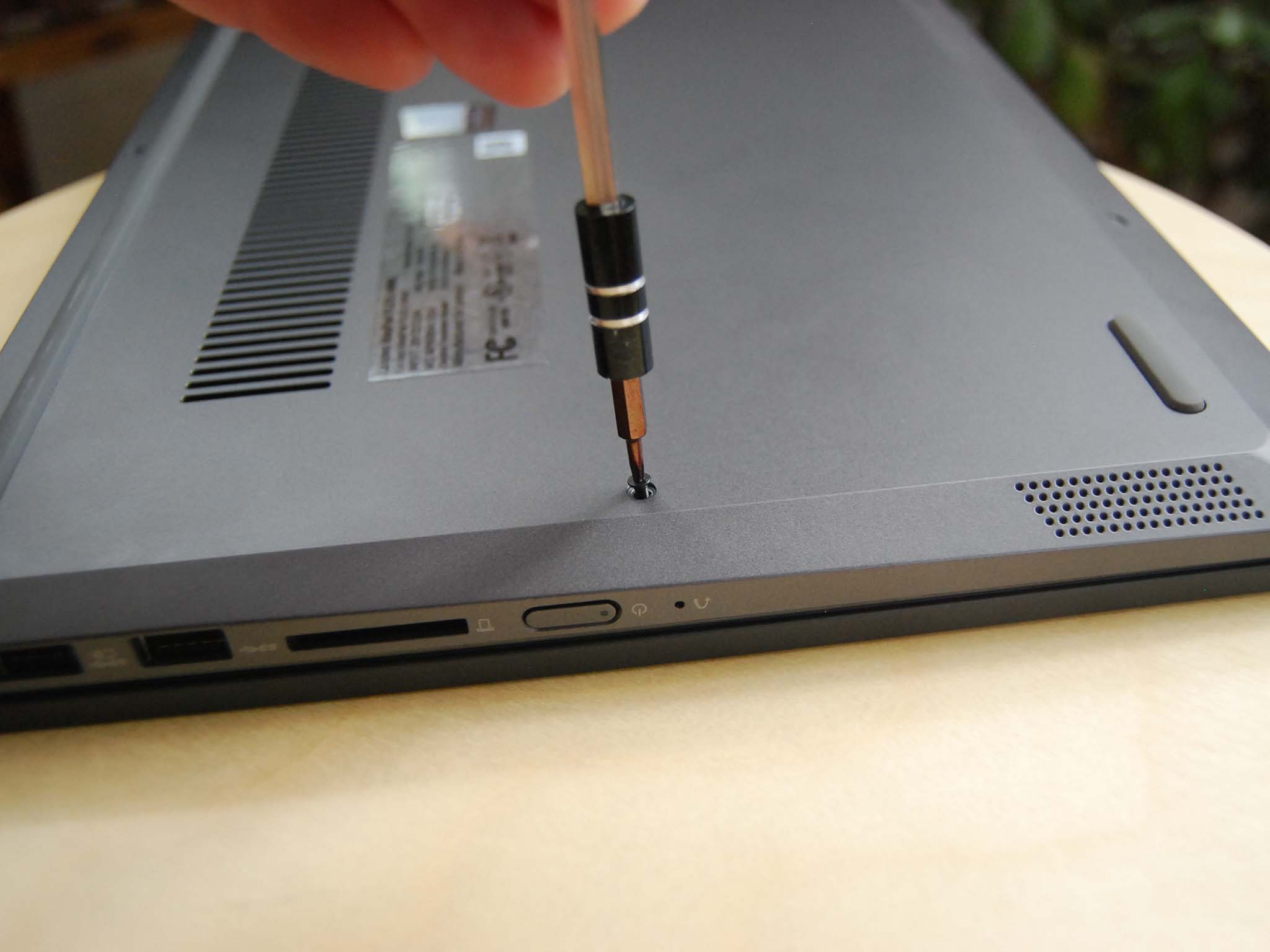
You can now go ahead with a fresh install of Windows 10 or, if you cloned the drive beforehand, you can boot up the PC to see if the upgrade went according to plan.
Our top hardware and software picks
Our pick for an upgrade M.2 PCIe NVMe SSD is Samsung's 970 EVO Plus. It's incredibly fast, it's long-lasting, and it's relatively cheap for the performance you're getting.

Unreal performance up to 1TB in size
Samsung's 970 EVO Plus brings blistering read and write speeds, a competitive price, and a 5-year warranty, which altogether is an impressive package. Sizes start at 250GB and go up to 1TB.
Battery life and display take a hit to keep the price down, but otherwise, the IdeaPad Flex 14 is a good looking laptop with strong performance, and it can be had with AMD or Intel hardware. Upgrade RAM and solid-state drive to keep it relevant long into the future.
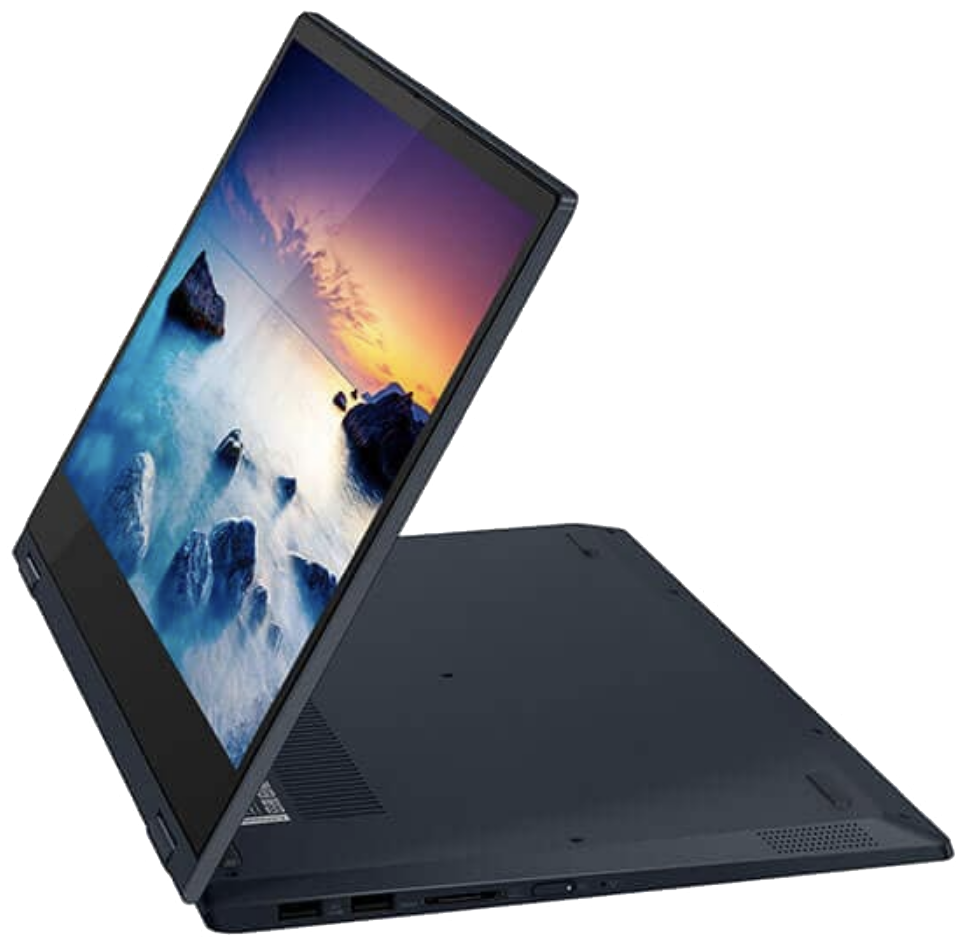
A solid laptop with some cut corners
If you're looking for a convertible laptop somewhere around the $500 mark, the Flex 14 should do the trick. It's built well, the keyboard is comfortable, and there's a generous selection of ports for connecting peripherals.
Additional Equipment
To make the upgrade process easier and less risky, consider investing in some of these affordable PC tools, and don't forget about Macrium Reflect and an external enclosure for those who want to clone drives.
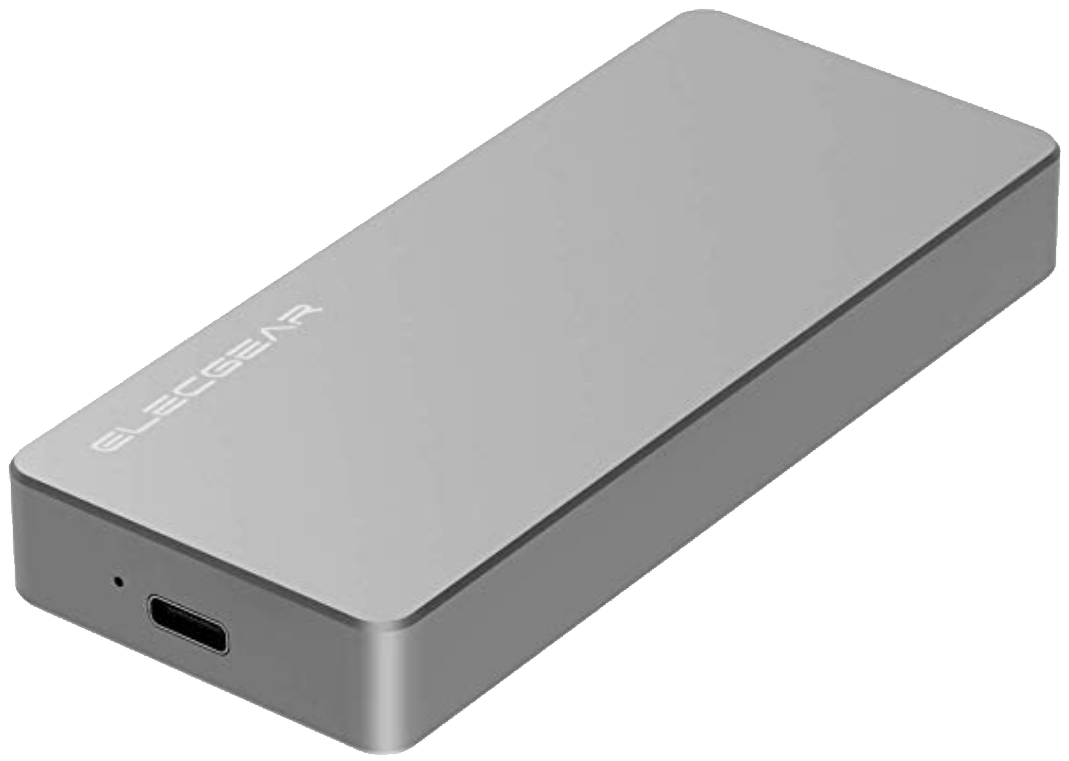
ElecGear M.2 PCIe enclosure ($48 at Amazon)
If you're cloning the original SSD to the new SSD, an external enclosure is needed. This option from ElecGear fits M.2 PCIe NVMe SSDs and can connect back to your IdeaPad Flex 14 with USB-C or USB-A.
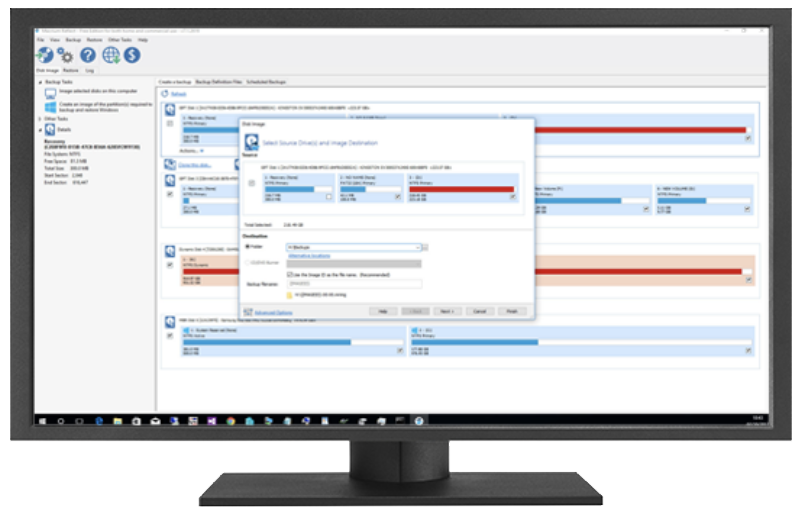
Macrium Reflect 7 (Free at Macrium)
We've had success cloning drives with Macrium Reflect 7, and have even written a complete guide on how to use it properly. A free edition is available, but you can purchase a full edition with a bunch more features for those who truly take backups seriously.
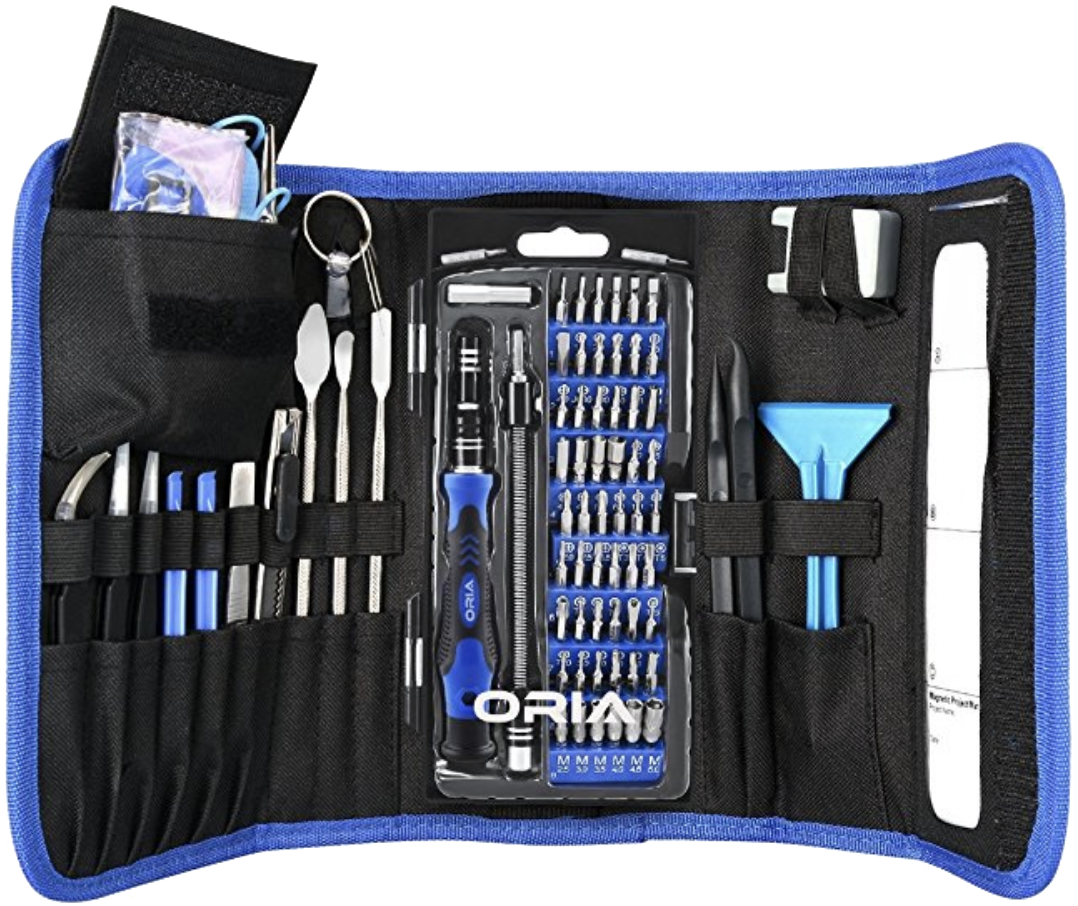
ORIA PC toolkit ($33 at Amazon)
Having the proper gear to work on your PC will always make the job much easier. Here you get a plethora of tools contained in a portable case.
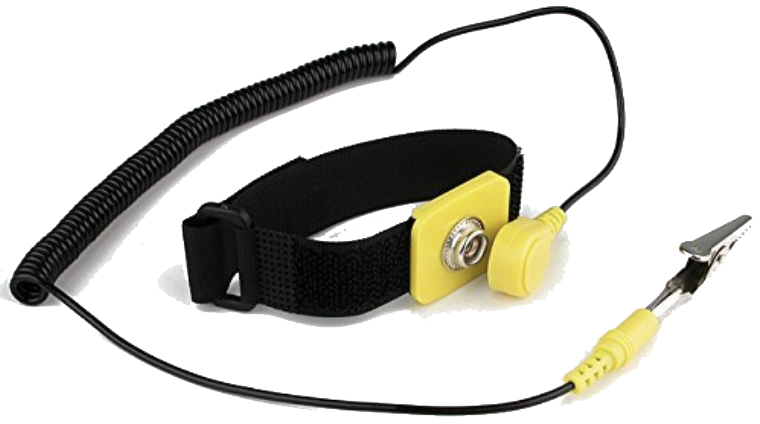
Rosewill anti-static wristband ($8 at Amazon)
Static electricity can damage sensitive PC parts, so remove the risk with an anti-static wristband. Fasten it around your wrist and clip it onto your PC for peace of mind.

Cale Hunt brings to Windows Central more than eight years of experience writing about laptops, PCs, accessories, games, and beyond. If it runs Windows or in some way complements the hardware, there’s a good chance he knows about it, has written about it, or is already busy testing it.
